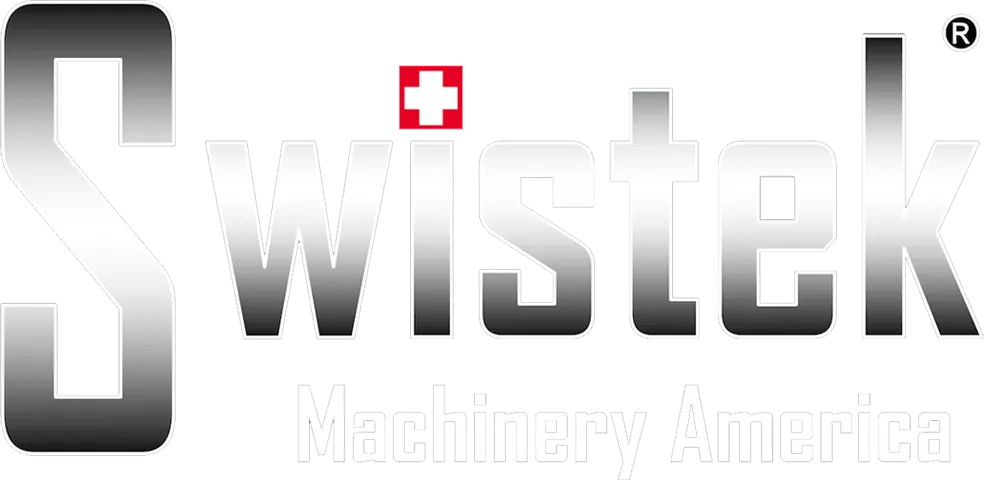
Cutting Oil is quite literally the lifeblood of a CNC machine. Without lubrication, most blueprints become impossible to complete as the speed of the machine and the toughness of the material generate too much heat to cut without running the risk of starting an accident. Thankfully, this is not the case and we are able to cut metals as hard as titanium due to the existence of high-quality cutting oil. However, there are many different kinds of cutting oil on the market meant for different purposes, each with their own benefits and drawbacks. Keep reading below to get a quick guide on the different types of cutting oil:
Petroleum-Based Cutting Oil
When we hear the word “oil” the first thing most of us think of is the thick black liquid gold that comes from the ground. Cutting oils that are made with 100% petroleum oil are called straight oils, though there are occasionally additives included in their formula to change their properties to coat the pieces better, enhance lubrication between parts, and prevent microscopic welding in particularly intense jobs.
Advantages:
- Creates lots of lubrication between cutting tool and workpiece
- Helps prevent rusting
- Oils with additives are great for exceptionally hard metals, superalloys, and intense operations
Disadvantages:
- Straight oil has poor heat-dissipating qualities and can increase the risk of fire if mismanaged
- Create mist that is harmful to breathe in
- Finished parts often need to be cleaned, as straight oils will leave a film
Soluble Cutting Oil
Soluble oils, also known as emulsions, emulsifiable oils, and water-soluble oils) are a blend of petroleum oil and emulsifiers. This typically comes in the form of a concentrate, which is then mixed with water. The emulsifiers allow the oil and water to create a stable mixture, as well as causing the oils to cling to a workpiece during machining.
Advantages:
- Presence of water allows for improved heat dissipating capabilities
- Leaves a protective film of oil on machine tools, moving components, and workpieces
- Can be modified with additives to be used in heavy-duty operations
Disadvantages:
- Presence of water creates complications including rust control problems, bacterial growth, and evaporation losses.
- Creates mist that can cause slippery surfaces and inhalation hazards
- Precipitates can form on parts when oil is mixed with hard water
Synthetic Cutting Oil
Synthetic cutting oil, also known as chemical machine coolants and semi-synthetic fluids, contain little to no petroleum oil and can easily be mixed with water. As you might have already guessed, synthetic oil is made from various chemical agents that allow for lubrication and friction reduction. There are many different types of synthetic oils that are specially calibrated for specific purposes and operations, so the types of additives and compounds they include vary wildly.
Advantages:
- Provide excellent microbial control to avoid contamination
- Easily separated from workpiece and chips to allow for easy recycling and cleanup
- Allows for fine particulates to be easily filtered out
Disadvantages:
- Intense machining can cause cutting oil to foam/mist
- Can cause health complications depending on the additive used
- Can be contaminated by other machine fluids and need to be monitored
It should be noted that while Petroleum and Soluble cutting oils are certainly still available, synthetic cutting oil is far and away more prevalently used due to the relative lack of complications it has.
Here at Swistek, we carry a variety of cutting oils to suit any machine shop’s needs. Click here to learn more.
